Explore the Best AI Image Gallery

Beyond Pixels: How Wearable Tech is Transforming Artistic Expression
The intersection of technology and art has always been a fertile ground for innovation. But in recent years, wearable technology has emerged as a particularly potent force, reshaping the very nature of artistic expression. From interactive installations to personalized digital canvases, wearables are empowering artists to push boundaries and create immersive experiences that transcend traditional mediums.
A New Canvas for Creativity
Wearable technology provides artists with a dynamic new canvas – one that is constantly in motion and responds to the wearers actions. Imagine a dancer whose movements translate into real-time light displays, or a musician who can control soundscapes through subtle gestures. These are just glimpses of the possibilities unlocked by wearable tech.
Examples of Wearable Tech in Art
- Interactive Installations: Artists like teamLab have created breathtaking installations where viewers become integral parts of the artwork. Using sensors and wearables, these installations react to movement and presence, blurring the lines between observer and participant.
- Performance Art: Wearable LEDs, haptic feedback devices, and motion capture technology are enhancing performance art by allowing for greater expressiveness and audience engagement. Imagine a theatrical production where actors emotions are reflected in shifting lights or physical sensations transmitted to the audience.
- Digital Fashion: Wearable tech is changing the landscape of fashion with interactive garments that respond to light, sound, or even the wearers mood. This opens up new avenues for self-expression and personalized style.
The Ethical Dimensions
As wearable technology becomes increasingly integrated into artistic expression, its crucial to consider the ethical implications. Data privacy, user consent, and the potential for manipulation are just some of the issues that require careful consideration:
- Data Privacy: Wearables collect vast amounts of personal data about users. Artists must be transparent about how this data is used and ensure its protected.
- User Consent: Its essential to obtain informed consent from participants in interactive art experiences involving wearables. Users should understand the nature of the data being collected and how it will be used.
- Accessibility and Inclusivity: Art created with wearable technology should be accessible to all, regardless of physical abilities or socioeconomic backgrounds.
Future Trends
The intersection of wearable tech and art is constantly evolving. Here are some trends to watch:
- Brain-Computer Interfaces: Imagine art that is directly influenced by thoughts and brainwaves. This technology could unlock entirely new forms of creative expression.
- Augmented Reality (AR) Overlays: Wearables can enhance our perception of the world, creating interactive AR experiences that blend digital elements with physical spaces. Artists can use this to transform urban environments into dynamic artworks.
- Personalized Art Experiences: Wearables will enable highly personalized artistic experiences tailored to individual preferences and emotions. Imagine a piece of music or a visual artwork that adapts in real-time based on your mood or actions.
As wearable technology continues to advance, it promises to revolutionize artistic expression in profound ways. By embracing the possibilities while navigating the ethical considerations, we can unlock a future where art becomes even more immersive, interactive, and personalized.



](https://images.ai-img.art/thumbnails/150/4a4f2a16da94ebadad64aeb3b0fb4e64d426431f1d651cc4929142c728fe85b7.webp)
](https://images.ai-img.art/thumbnails/150/336026613fd234b8d6908fe18ecc09b2b2ecf7b8dfe294742041c9862dc499c1.webp)
](https://images.ai-img.art/thumbnails/150/b90a5f332cb5d8f02116934e13abd20233e0eeb2368274dbdffaa2e281e4dff5.webp)

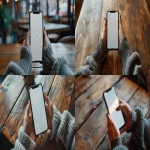



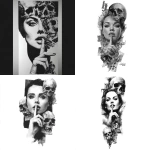
](https://images.ai-img.art/thumbnails/150/85464d88f1d4314cd042a02a6f41440fc3b4343db529794cbe8e6836fdadf409.webp)


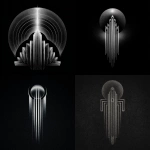





](https://images.ai-img.art/thumbnails/150/24610c8978ce6b4f1ced8639b434482871adb07e38af8b90cd535f2533bf18cc.webp)



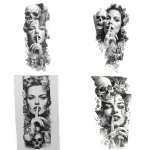



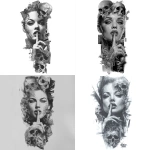

](https://images.ai-img.art/thumbnails/150/d29fcfc8037938184a641f7980e1102e24a6e82088bc465886d26ffe5bb006c7.webp)







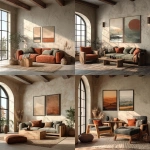



](https://images.ai-img.art/thumbnails/150/9127f72c6be19d533c26ac476f4d216cd89a6a2d7c351333489a3eff30c3ec5a.webp)


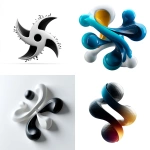

](https://images.ai-img.art/thumbnails/150/37f115f2fa75765b87e6d3e2c9f1b0a80a6a46efa8b864a05278c7fc0a0a62e7.webp)
